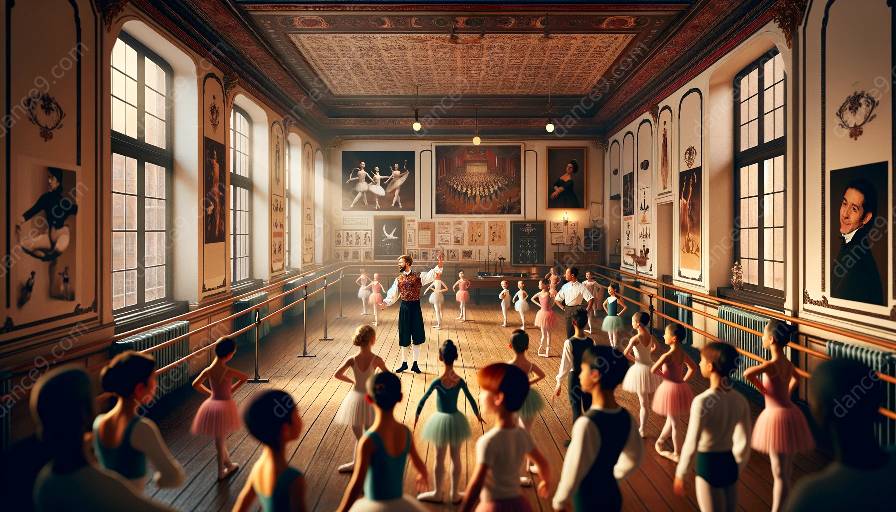Ballet pedagogy has been significantly influenced by key historical developments that have shaped the way ballet is taught and practiced. From its origins in the 15th century to modern pedagogical methods, ballet has undergone significant changes driven by historical events, theories, and practitioners.
The Origins of Ballet and Early Pedagogy
Ballet originated in the Italian Renaissance courts of the 15th century, evolving from social dance forms into a more structured art form. Early ballet pedagogy was largely based on the teachings of Italian dance masters and court ballet etiquette, emphasizing grace, poise, and discipline.
The Influence of French Court Ballet
The 17th century saw the emergence of French court ballet under the patronage of King Louis XIV. This era witnessed the codification of ballet technique and the development of foundational positions and movements. Prominent dancing masters like Pierre Beauchamp played a crucial role in formalizing ballet pedagogy through the establishment of codified ballet vocabulary and notation systems.
Romantic Era and Ballet Pedagogy
The Romantic era in the 19th century brought significant changes to ballet, with a focus on storytelling and expression. Ballet pedagogy during this period saw the rise of pointe work and the development of the tutu as a standard costume. The influential pedagogue Carlo Blasis contributed to the formalization of ballet technique with his comprehensive methodological approach to training.
Impact of Russian Ballet and Pedagogical Innovations
Russian ballet, particularly during the late 19th and early 20th centuries, significantly influenced ballet pedagogy. The establishment of the Imperial Ballet School in St. Petersburg under the directorship of Marius Petipa and Lev Ivanov introduced a rigorous and systematic approach to training. The Vaganova method, developed by Agrippina Vaganova, further revolutionized ballet pedagogy with its emphasis on anatomical correctness and artistic expression.
Intersection of Ballet History and Theory in Pedagogy
The convergence of ballet history and theory has played a pivotal role in shaping ballet pedagogy. As ballet evolved as an art form, pedagogical methods adapted to incorporate new techniques, styles, and trends. The influential contributions of ballet theorists and pedagogues have enriched the teaching methodologies and philosophies, creating a dynamic and diverse landscape of ballet pedagogy.
Modern Ballet Pedagogy
Contemporary ballet pedagogy continues to evolve, embracing a blend of traditional techniques and innovative approaches. The integration of modern dance principles, somatic practices, and interdisciplinary collaborations has expanded the repertoire of teaching methods in ballet. With a focus on injury prevention, inclusive training, and artistic exploration, today's ballet pedagogy reflects the multifaceted influence of historical developments and theoretical advancements.
By understanding the historical underpinnings of ballet pedagogy and its intersection with ballet history and theory, practitioners and educators can gain valuable insights into the evolution of ballet as both an art form and a pedagogical discipline.





























